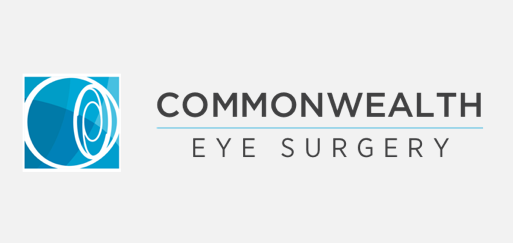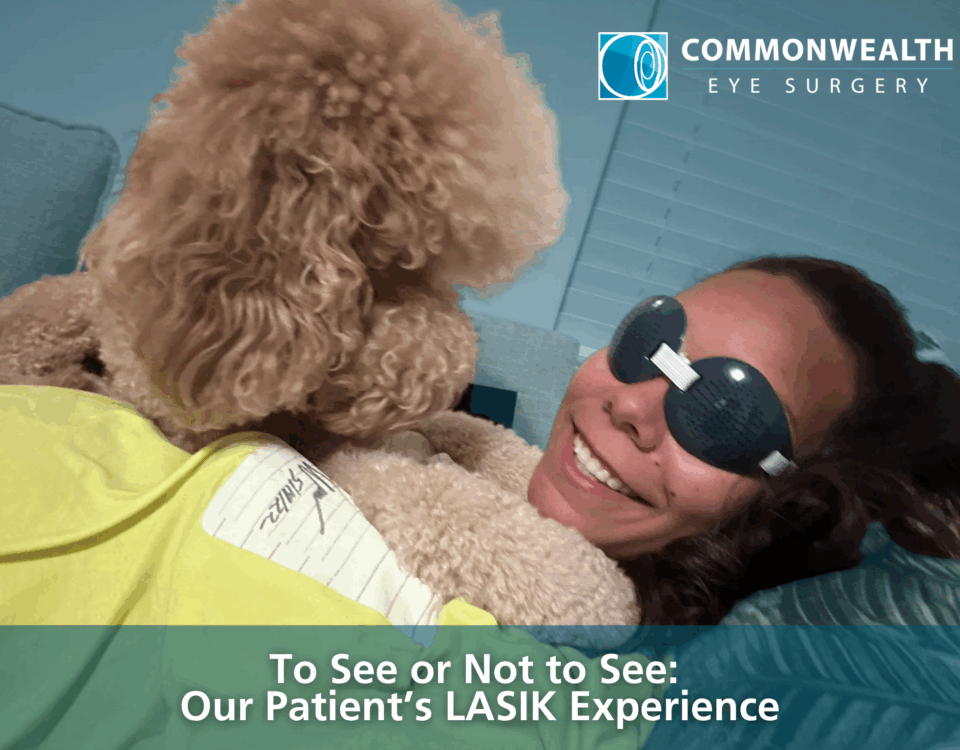
“C” in Commonwealth Eye Surgery is for “CONVENIENCE”
May 2, 2012
Cupcakes from Gigi’s! Win a FREE Dozen from Commonwealth Eyes!
May 16, 2012Commonwealth Eye Surgery commonly performs many routine eye surgeries, the most popular of which is obviously LASIK, however, mostly older patients, come to us to restore vision and have us perform cataract surgery. Dr. Lance Ferguson performs cataract surgery at Commonwealth Eye Surgery and below, demonstrates what cataracts are and how surgery from Commonwealth Eyes can restore your vision if you suffer from cataracts. For further information on cataracts and cataract surgery, please visit our website cataract page by clicking here.

What a cataract looks like
A cataract is a “clouding” of the natural crystalline lens inside your eye. It is similar to a steamed-up or blurred focusing lens inside a camera. There are many causes of cataract development, including inherited diseases and diabetes. Most are thought to be caused by sunlight exposure over many years, but cataracts can occur at any age, even in newborn babies.
When the crystalline lens creates difficulty with visual tasks, is causing glaucoma, or is otherwise endangering the eye, we remove it using a surgical procedure called phacoemulsification with implantation. Despite some popular claims and beliefs, cataracts cannot be magically “beamed out” of the eye with the laser.
Phacoemulsification with implantation is the most advanced technique for the removal of cataracts. Your surgeon creates a tiny incision and removes the cataract by using an ultrasonic tip vibrating at 40,000+ times per second.
Dr. Ferguson then positions a permanent implant, selected especially for you, which focuses light similarly to the way that your natural crystalline lens did before it developed into a cataract. In many cases, the implant focuses the light BETTER than your natural crystalline lens. The implant also has an ultraviolet filter to protect the retina in the back of the eye from sunlight injury. Some special implants are less restrictive and provide better near vision (Crystalens) or for those with astigmatism, provide sharper distance vision without glasses (Alcon Toric IOL).
The incision self seals and requires no sutures. Topical anesthesia, or drops alone, makes the standard painful injections unnecessary. The entire procedure requires less than 10 minutes and the recovery period is about three weeks.
Cataract surgery, the most successful surgical procedure in all of modern medicine, is highly effective in the safe restoration of vision.




